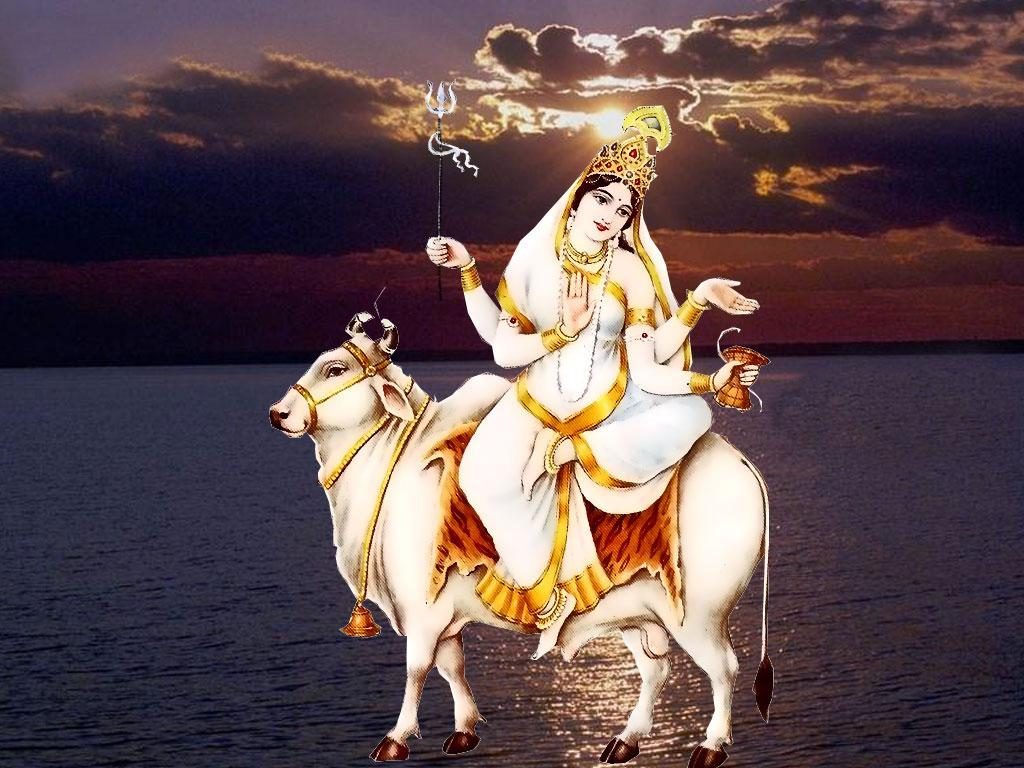BHUBANESWAR: The eighth day of Navratri marks the arrival of Mahagauri, the eternal consort of Lord Shiva. Legend has it that Maa Mahagauri liberated the world from evil forces.
She has four hands. While her lower right hand wields a trishul, the upper right hand is in abhay mudra to allay fear. Her lower left hand is in a pose of granting boons to her devotees. She also holds a damaru in her upper left hand.
Since her complexion is extremely fair, Maa is compared with the conch, the moon and the white flower of Kunda. Radiant and compassionate, Mahagauri is usually portrayed in a white or green sari riding a bull. She is also known as Shwetambardhara. It is believed that Maa Mahagauri purifies the souls of her devotees and removes all their sins. She also has a calming effect on the lives of her devotees and helps them improve their knowledge, the devout say. On this day, Maa Mahagauri loves to wear pink sari or chunri.
“Worship Maa Mahagauri to be free from the clutches of the material world and to remove sorrows from your life, for she will lead you to the path of virtue and inner power,” her ardent devotees profess, adding, “Maa Mahagauri is the pinnacle of perfection. She fulfils all the desires of the devotees and gives them the greatest comfort and happiness.”
Mahagauri puja falls on the eighth day of Navratri. It is believed to be the most blessed one as it leads the devotees to a life of fulfilment. It is also the second day of Saraswati puja as this is also called the Maha Ashtami Day.
OrissaPOST interacted with various people to know how they are celebrating the day.
Transgender Meera Parida said, “I have been doing Durga Puja for the last seven years at my home in Palash Palli. On the day after Amavasya, I do Kalash Stapana along with Billow Barana. At least 400 devotees visit my home every day and perform pujas to fulfil their own wish.”
Bhupen Banarjee, a devotee, said, “At the Ramakrishna Math we perform Kanya Pujan, which is also known as Kanjak Puja. Kanjak means power source and it represents the eternal Goddess. From early morning, I along with my wife Sanchalika prepare prasad for little girls who are viewed as Matas or Devis. We invite 9 small girls of our locality and offer them new clothes, wash their feet, make them eat fresh puri, halwa and chhole. Finally, we give them scarves or chunri. This type of puja is called Kanya Pujan”.
Jayanta Mohapatra of Kakatapur Mangala Temple: “On Astami Maa Mangala is being decorated in Singhabahini besa as she sits on a lion. A long queue starts from 6 am. The darshan is scheduled up to 10 am. Mahaasthami is also known as Yagna Day as various priests from across the state perform Yagna at their respective pithas”.
